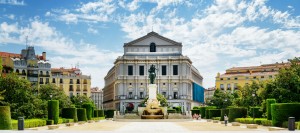
What to do in Madrid in 2 days Visiting Madrid in two days is a truly complicated task considering the city’s numerous attractions: incredible buildings,
The Muslims were extremely important for the development of many cities in Spain, especially Madrid. Many locals do not know but it was the Muslims who founded Madrid in the nineth century. In fact, the name of Madrid comes from the Muslims who named the city “Magerit” or “Maydrit” which in ancient Arabic meant “water-rich city“. Unfortunately there are hardly any archaeological remains of this period.
However, it was in 1561 when Madrid´s future changed forever. King Philip II moved his court from Toledo to Madrid and the old Alcázar (former Muslum fortress) was renovated and became the Official Residence of the Royal Family. During these years population shot up and a large number of buildings were constructed to meet the changing needs of the new capital of Spain.
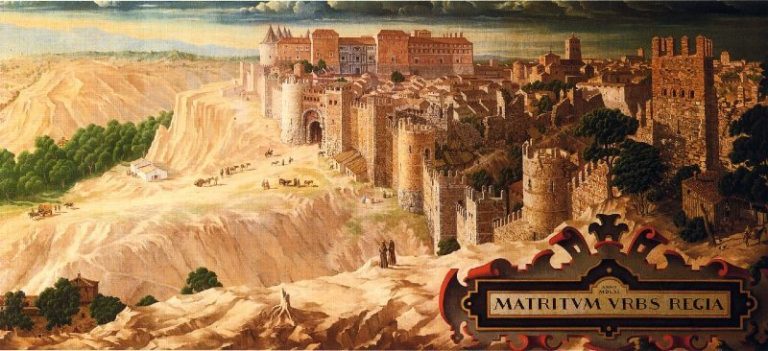
The seventeenth century was a period of profound change in Europe. The Spanish Empire slowly weakened and France emerged as the new power in Europe. The most emblematic work of this period is Plaza Mayor. This historic square soon became the epicenter of Madrid: all major events and celebrations of the moment took place in this popular square.
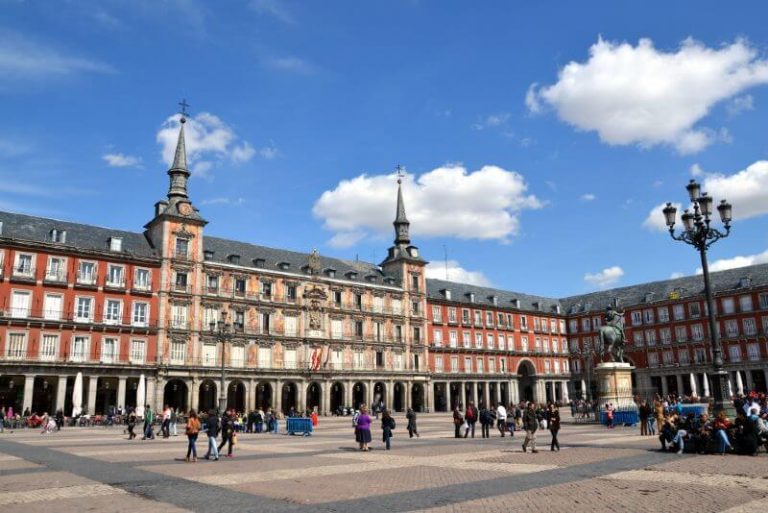
During the eighteenth century the city underwent a process of urban renewal and expansion. King Charles III, nicknamed “The King Mayor”, ordered the construction of incredible buildings such as Puerta de Alcalá, the old Postal Office, the Botanical Gardens or the Royal Cabinet of Natural History which later would become the Prado Museum.

The nineteenth century was an extremely turbulent century in Spain, marked by wars and economic crisis. It is estimated that only the War of Independence (1808-1813) against the French killed more than 300,000 people. Despite this, tourists can also enjoy wonderful buildings from the nineteenth century (Bank of Spain, Atocha Train Station, the Royal Theatre or the Almudena Cathedral)
The first two decades of the 20th century were a period of prosperity for Madrid. Spain did not participate in the First World War and large amounts of foreign capital left Central Europe and fled to Spain. This resulted in the construction of great buildings and the design of grandiose urban projects such as the Palace of Communications, Gran Via Street, Telefonica Building (the first skyscraper in Europe), Plaza España or the Hotel Ritz (the first luxury hotel in Madrid).
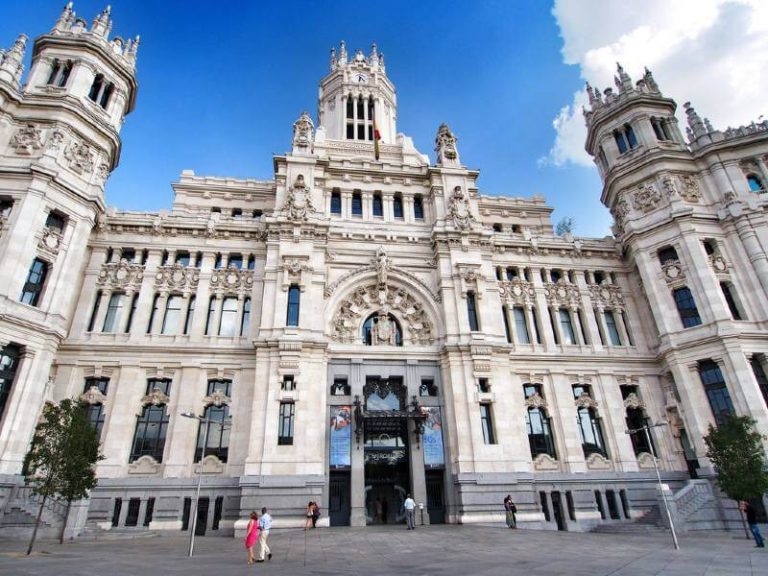
Today Madrid is a cosmopolitan city and one of the largest financial centers in Europe. A vibrant and culturally active city: museums, theatres, exhibitions, concerts, operas, bullfights, etc. If you like modern art, don´t forget to visit Reina Sofia Musum which is considered one of the best Modern Art Museums in the world. To discover the 21st century Madrid, you will have to visit “Cuzco” and “Nuevos Ministerios” area where the skyscrapers and modern buildings are located.
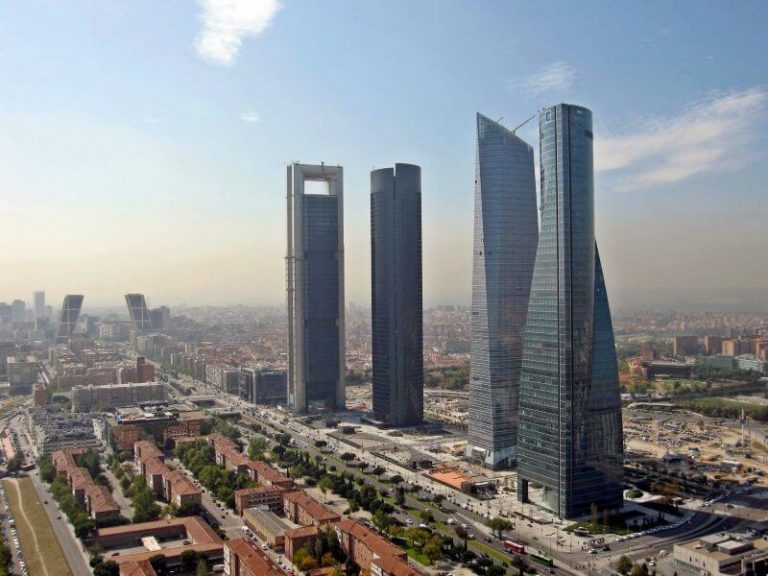
Prepare your trip to Madrid with OgoTours! Click here and download a free city map of Madrid. If you want to discover Madrid and its fascinating history, don´t think twice and book now your spot for our Free Walking Tour in Madrid. The best way to enjoy Madrid like a local!

What to do in Madrid in 2 days Visiting Madrid in two days is a truly complicated task considering the city’s numerous attractions: incredible buildings,

Where to Eat Paella in Madrid Gastronomy plays an important role in our Free Tour in Madrid. Spain is a country where food is taken
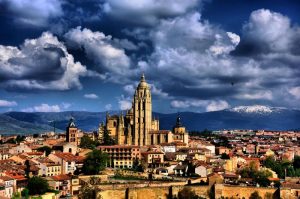
How to get to Segovia from Madrid If you are travelling to the Spanish capital, you probably are wondering How to get to Segovia from Madrid.
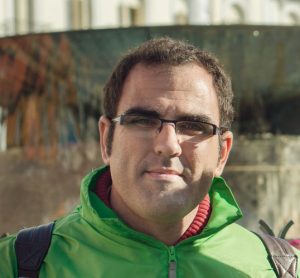
Hola! My name is Javier Redondo, tour guide in Madrid for more than 8 years.
As a good "Madrileño", I love football (I support Atlético de Madrid), eating tapas and walk the cobblestone streets of old Madrid 🙂
This Madrid blog is where I share tips on popular attractions, local food and off-beat spots.
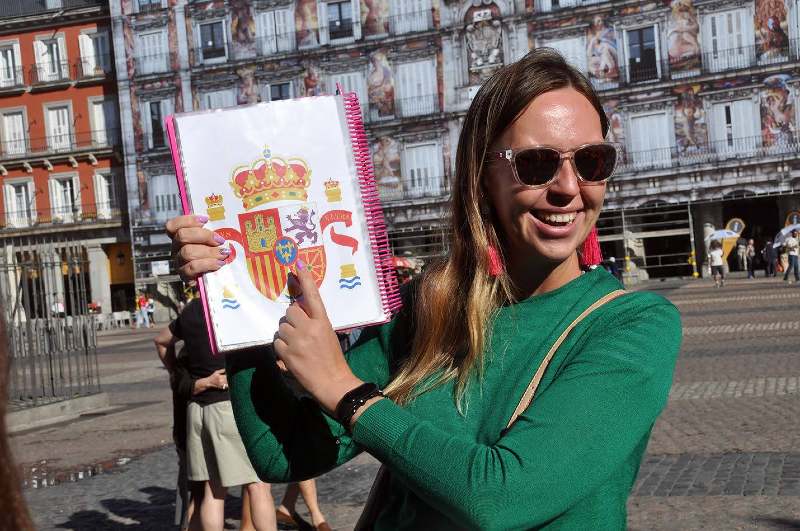
Based on 1000+ reviews
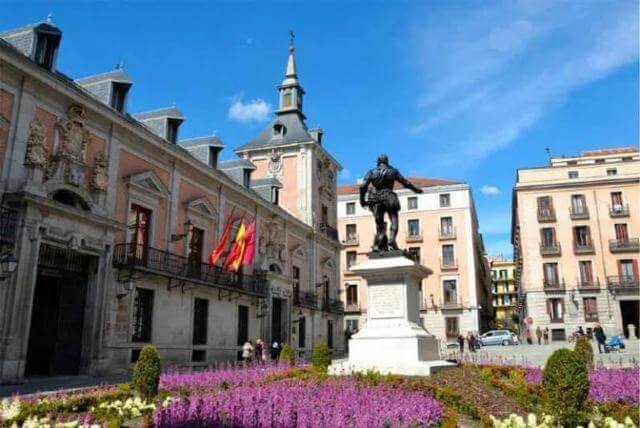

Copyright © OgoTours Madrid 2013-2023
OgoTours is a 100% local company. And as such, we are proud to do our bit to preserve the traditions and spirit of the city. Our goal is to help you experience Madrid like a local.
Tax Identification Number: 46890705F
If you need any additional information about our services, do not hesitate to contact us. We will be happy to answer all your questions.
Are you travelling around Spain? We are a proud member of Discover Our Cities. This network is made up of local tour opertators that share the same philosophy about tourism. All companies involved in this proyect have something in common; we are focused on offering 100% local and genuine experiences.
Our most popular posts:
The best panoramic views in Madrid
Our groups are now limited to 10 people, therefore it is required to book your spot in advance.
Mandatory use of face masks for guides and customers. Following the Spanish legislation, the wearing of face masks in all public spaces is obligatory.
When available, we highly recommend to maintain 2-meters social distancing between all the participants of the tour.
All our guides will be carrying hand sanitizer during the tour and it will be available during the whole route for you.
You will hear the explanations perfectly, as your guide will be carrying a voice amplifier.
You don´t need to print out your tour confirmation (just in case keep the email confirmation on your phone). Your name and last name will be enough for the guide to complete the check-in process.